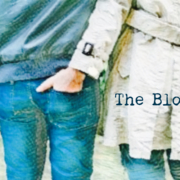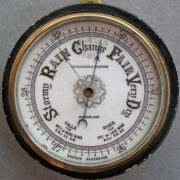Thinking in opposites is a strategy I want to offer you. Here’s why.
My moods can drive me a little crazy at times. They can shift a fair amount, even though I’m a pretty even-keeled person. For example, I can feel super UP when a new client contacts me and it feels like a great fit. That’s a big dopamine hit for my little therapy brain.
Then there are other times when the occasional isolation of running a solo private practice gets to me. I’m a people person, especially when it’s one-on-one or when I’m with a small, intimate group of friends. Nothing brings me more pleasure than those connections.
But—as Mick says—you can’t always get what you want, or at least not immediately, or without some effort on your part.

I would be willing to bet a whole lot of you struggle with the same sorts of mood shifts during the course of a day in response to various thoughts and/or events that start twirling around in your head.
Here’s the thing:
Moods come. Moods go.
That’s it.
Getting Stuck
When you get too tangled up in a mood, you are actually placing too much importance on that particular thought or set of thoughts. They might be important, but getting stuck in them does nothing to problem solve. It’s like sitting in a rocking chair, rocking all day long, and expecting to get somewhere. You won’t move.
Instead, you ruminate, and stay up inside your head. Worry as a problem solving method does not work. It just feels like you are doing something. And often, worry is a habit you developed, one you learned. And anything learned, can be unlearned.
I didn’t say it would be easy. But it is absolutely possible.
Thinking In Opposites
One suggestion is to think in opposites. What are your negative thoughts directing you to do? Can you purposefully do something that is the opposite of their “orders”? Here’s an example.
Say you intend to get up and go for a walk or get to the gym for a class. You don’t feel like it. That would be allowing your feelings to lead when they are the opposite of your overall goal. So what do you do? Think in opposites. Set out your sweaty gym clothes where you’ll step on them when you get up. I mean really, who cares if they super squeaky clean? And then…
The Gremlins In Your Head
Even though the gremlins in your head are performing the hallelujah chorus of “It’s too hot, I’m too tired, I’ll just skip this one class, I won’t feel my best at work if I’m hot and tired, I hate to exercise”….You just go anyway. You don’t even have to try and shut down the thoughts. You simply let them ride along, and about 10 minutes tops into whatever you are doing, those little bastards will recede, and the fact that you did not let them win is a DOUBLE win for you. First, you ignored the negative emotions. Second, you did something great for your body in keeping with your overall goal.
Thinking In Opposites Works With Other Tasks
You can apply this “thinking in opposites strategy” to many projects or tasks you don’t feel like doing. Taxes. Yard work. House cleaning. Big reports or projects. (Just remember to chunk the task so it’s not so overwhelming.) Pay attention to that word ‘feel’ if it’s playing in your head, and then head the opposite direction to get sh*t done. Leading with emotions will often defeat your more positive intentions. Just because you feel a certain way doesn’t make it necessarily true or helpful, so try not to leap to that conclusion.
If this is still a conundrum for you, call me or shoot me an email. I’m right here in the neighborhood and I can help you untangle that mess. Really. Suffering is optional.
Page Rutledge, LCSW, MSW, MPH, CHt is a Licensed Clinical Social Worker practicing in Wilmington, NC. She specializes in anxiety management and couples communication. Visit her website and blog at www.pagerutledge.com









